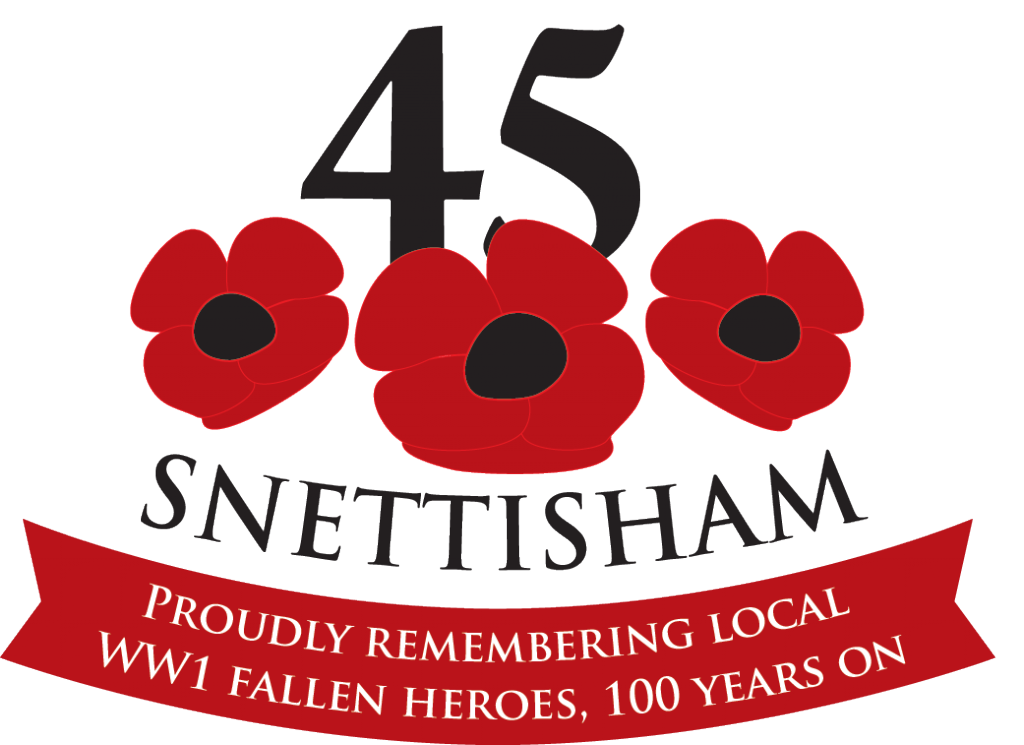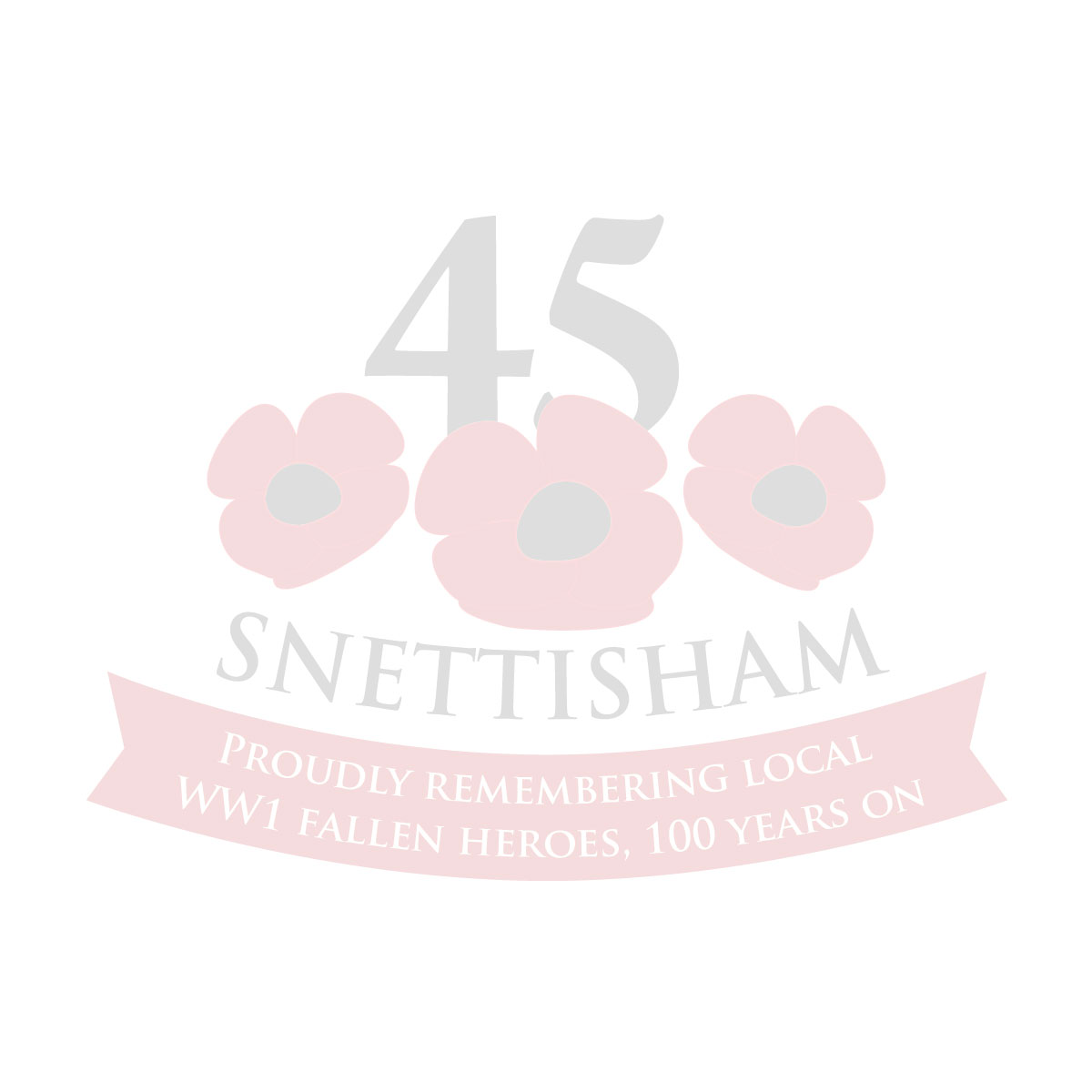Herbert Snell
The soldier:
Herbert Snell joined the army on the 1st September 1914. He enlisted in Norwich, Norfolk and was assigned to the Norfolk Regiment, given regimental number 13040. He was 32 at the time, single and an agricultural labourer.
Herbert served for 3 years as a Private in the Norfolk Regiment’s 7th Battalion.
On the 30th November 1917 he was reported as ‘missing in the field’ and his family were informed. Following an agonising 4 week wait for his family for news of whether he was killed, injured or captured the army received news after Christmas that he had been taken as a prisoner of war and was at Dulmen, Germany and Herbert’s family were informed.
However, this was not as good a piece of news as it seems. In WW1 165,000 British and commonwealth soldiers became prisoners of the enemy, over 13,000 of these died through injuries, illness, over-work or mistreatment. Life in the POWs camps was harsh with frequently over 250 prisoners per barrack with poor sanitation, hygene and air-flow. At times during the war the life expectancy of a captured british soldier was less than that of one in the trenches.
On the 11th November 1918 the armistice was signed bringing the war to a close. However, Herbert did not get released or return home.
3 weeks after the guns fell silent the army received news that he had died in the Guben P.O.W Camp on the 7th December 1918, from Spanish Flu contracted whilst a prisoner. According to army records his next of kin were informed of this fact on the 2nd April 1919.
Herbert was originally buried in Sagan Cemetery, Germany but in 1923 his body was moved to Grave VIII F.1 of the Berlin South-Western Cemetery, Brandenburg, Germany by the Commonwealth War Graves Commission. This was part of a concerted effort to consolidate the many graves of allied soldiers around Germany into 4 main cemeteries in order that they could be properly tended and honoured in perpetuity.
Herbert’s name appears on both Snettisham’s monuments and its ‘roll of Honour’.
The man:
Herbert Snell was born on the 14th April 1882, in Snettisham, Norfolk. His parents were George and Susannah Snell (nee Jewel) who had married in Snettisham on the 9th January 1870.
Herbert was baptised on the 21st May 1892 in St. Mary’s Church, Snettisham.
He had several older siblings; George Edward (bn. 18th March 1871), Ann Maria (bn. 8th November 1873) , Robert John ((who later preferred to be called John) bn. 14th April 1882) and twins James and Mary Jane (bn. 4th April 1879). Tragically James died, aged 2 in 1881.
By the 1891 census the family were living in Snettisham. All bar George and Susannah’s youngest children had left home at this time, with Robert, now 15 and an agricultural labourer, Mary (now 11) and Herbert (now 8) the only ones remaining.
Like his father and all his siblings before him, Herbert attended Snettisham school for his entire education (this is still in existence as Snettisham’s primary school). He enrolled on the 30th September 1889 and left on the 3rd April 1895.
By the 1901 census the family were living in Station Road, Snettisham. George and Susannah were now in their older years and George (now 30 and a bricklayer by trade) had returned home. John (Robert) was now 24 and Herbert was 19. Both the younger boys were recorded as being ‘agricultural labourers’.
By the 1911 census the family were still in their Station Road address. George was now 81 and Susannah 74. Only brothers George (now 40) and Herbert (now 29) remained at home. Herbert is recorded as being ‘single’ and occupied as a ‘farm labourer’.
Herbert’s father, George died in 1917 aged 86. His death being registered in June.
His mother, Susannah died in 1920, aged 83. Her death being registered in December.
Following both George and Susannah’s death, George (Herbert’s brother) as his next of kin petitioned the army for release of his medals and service certificate.

